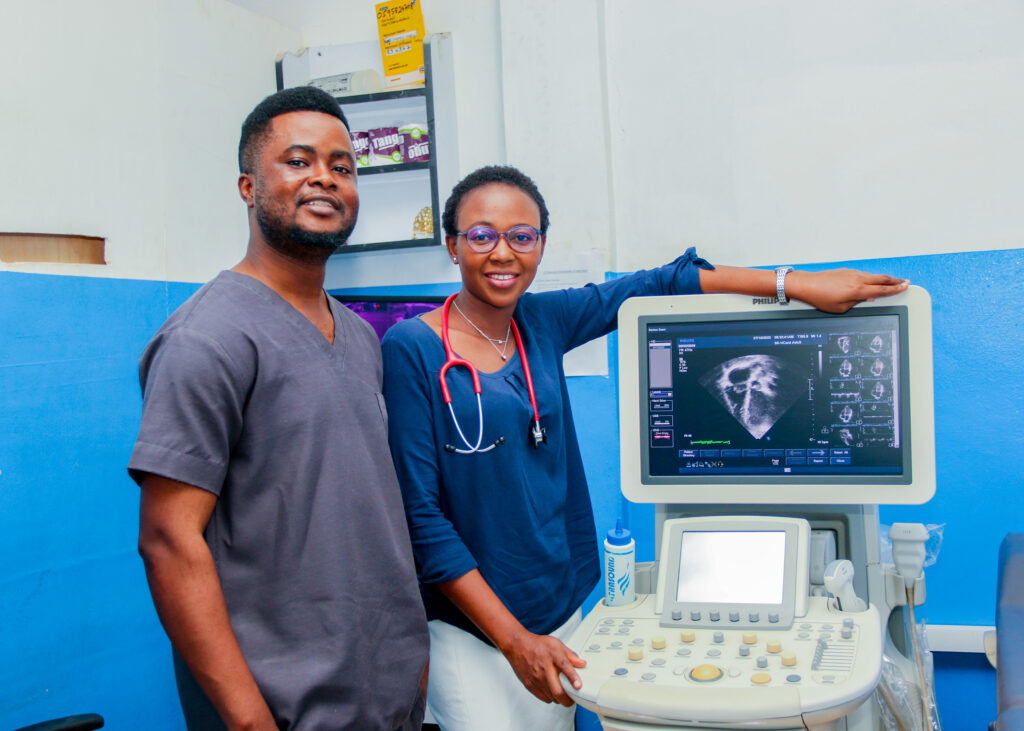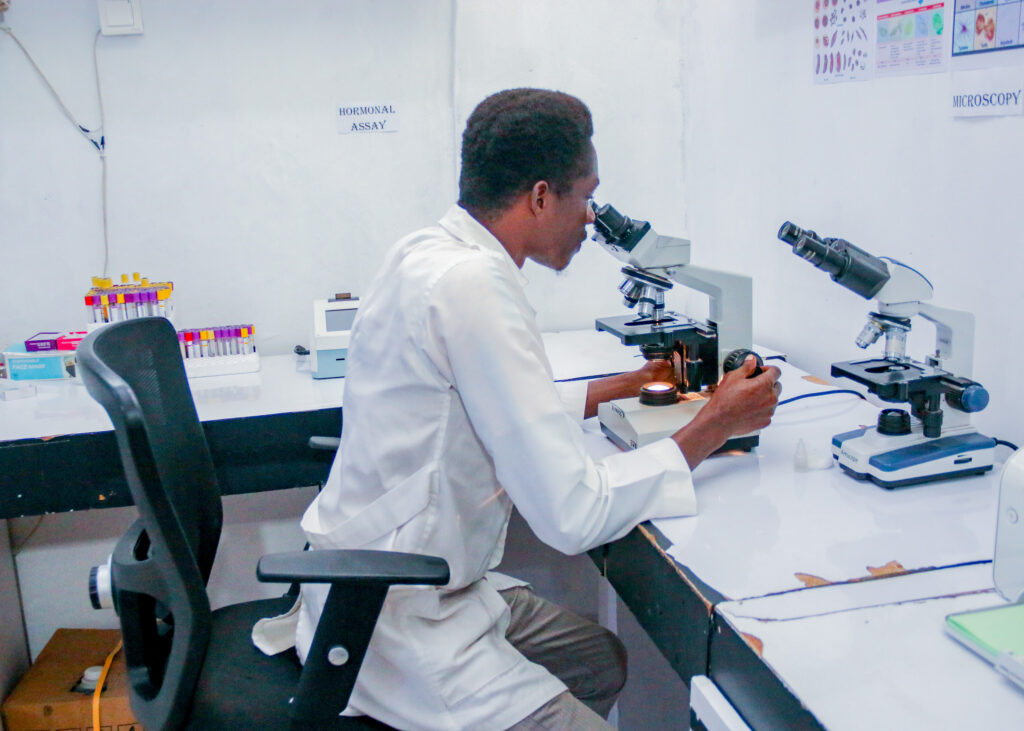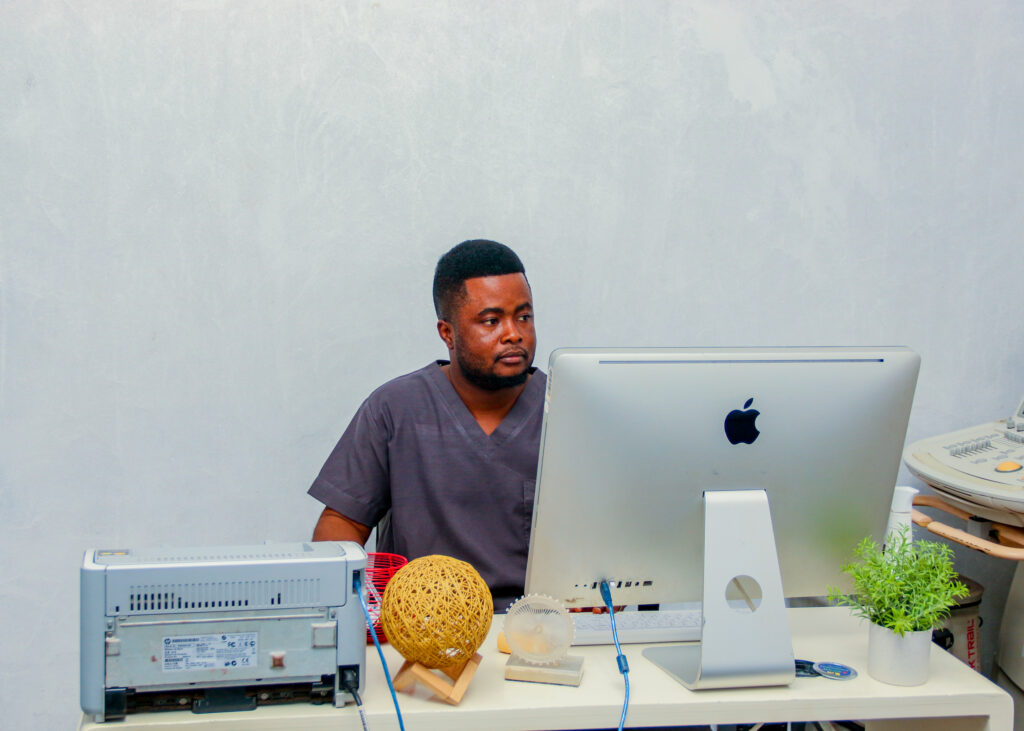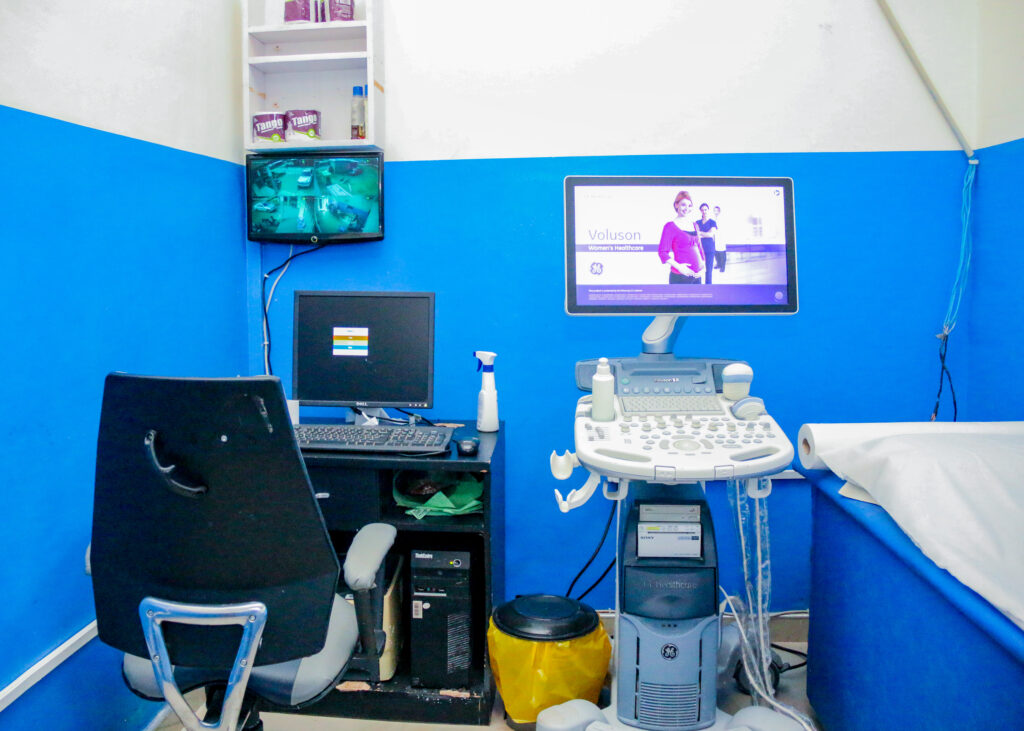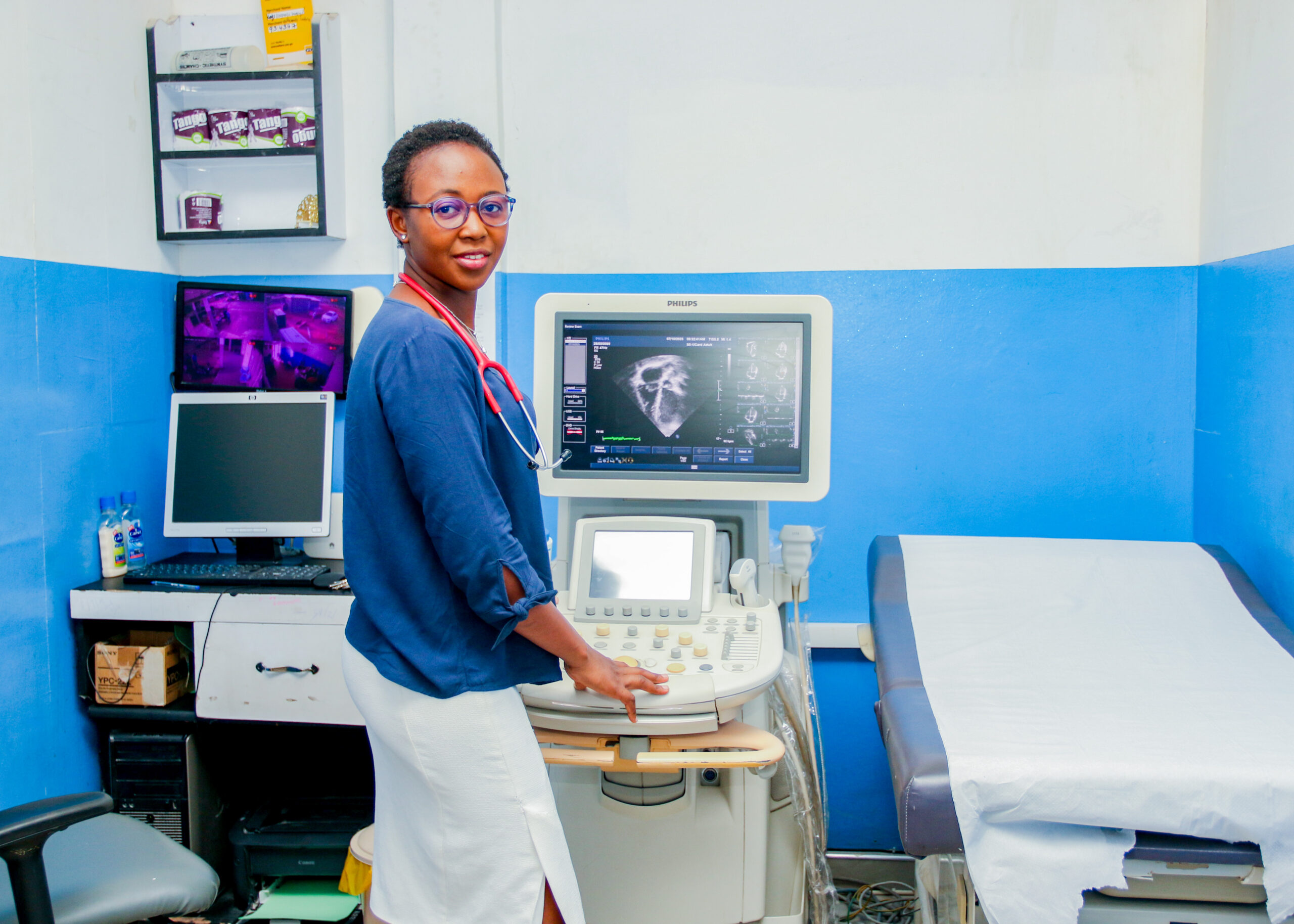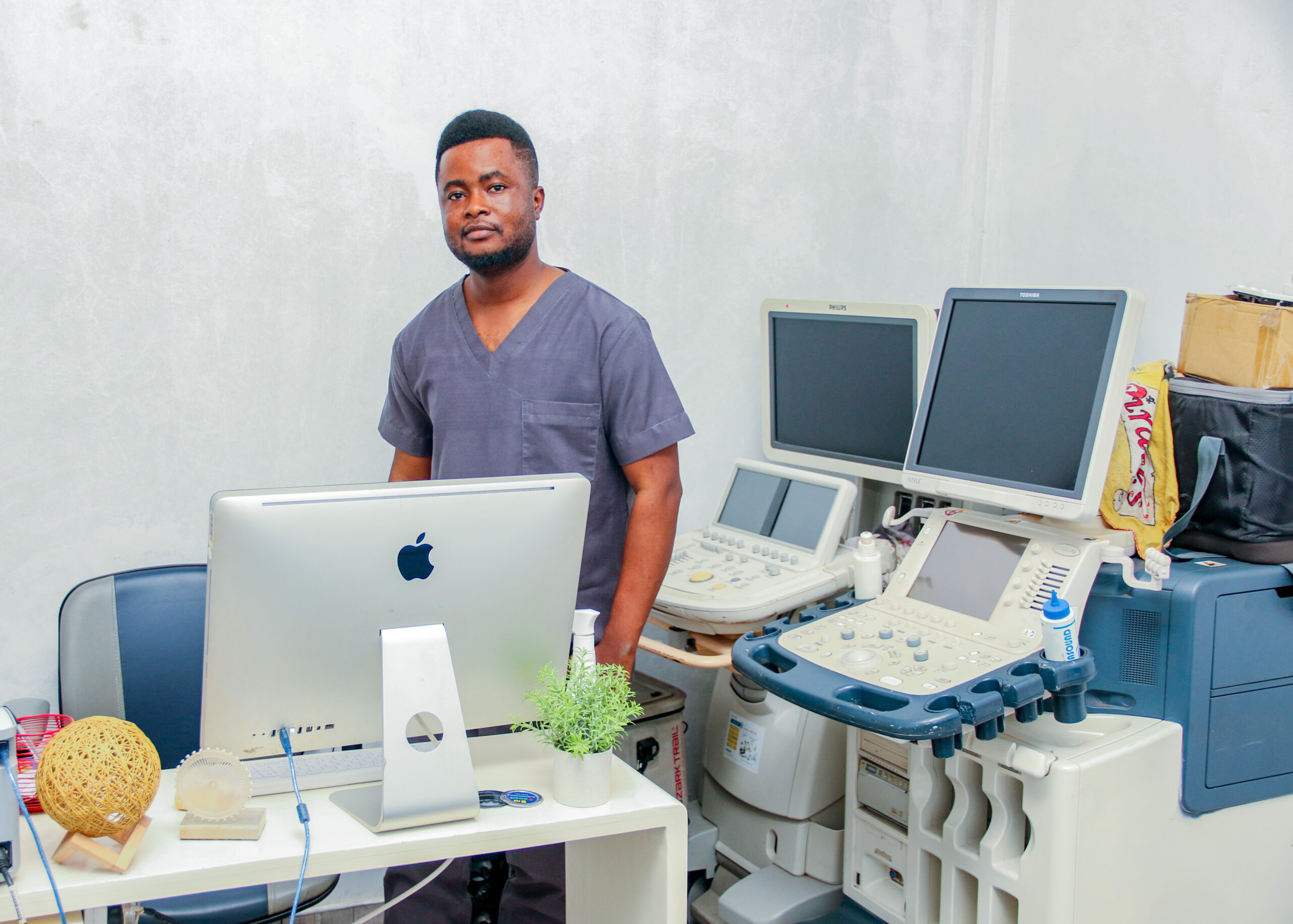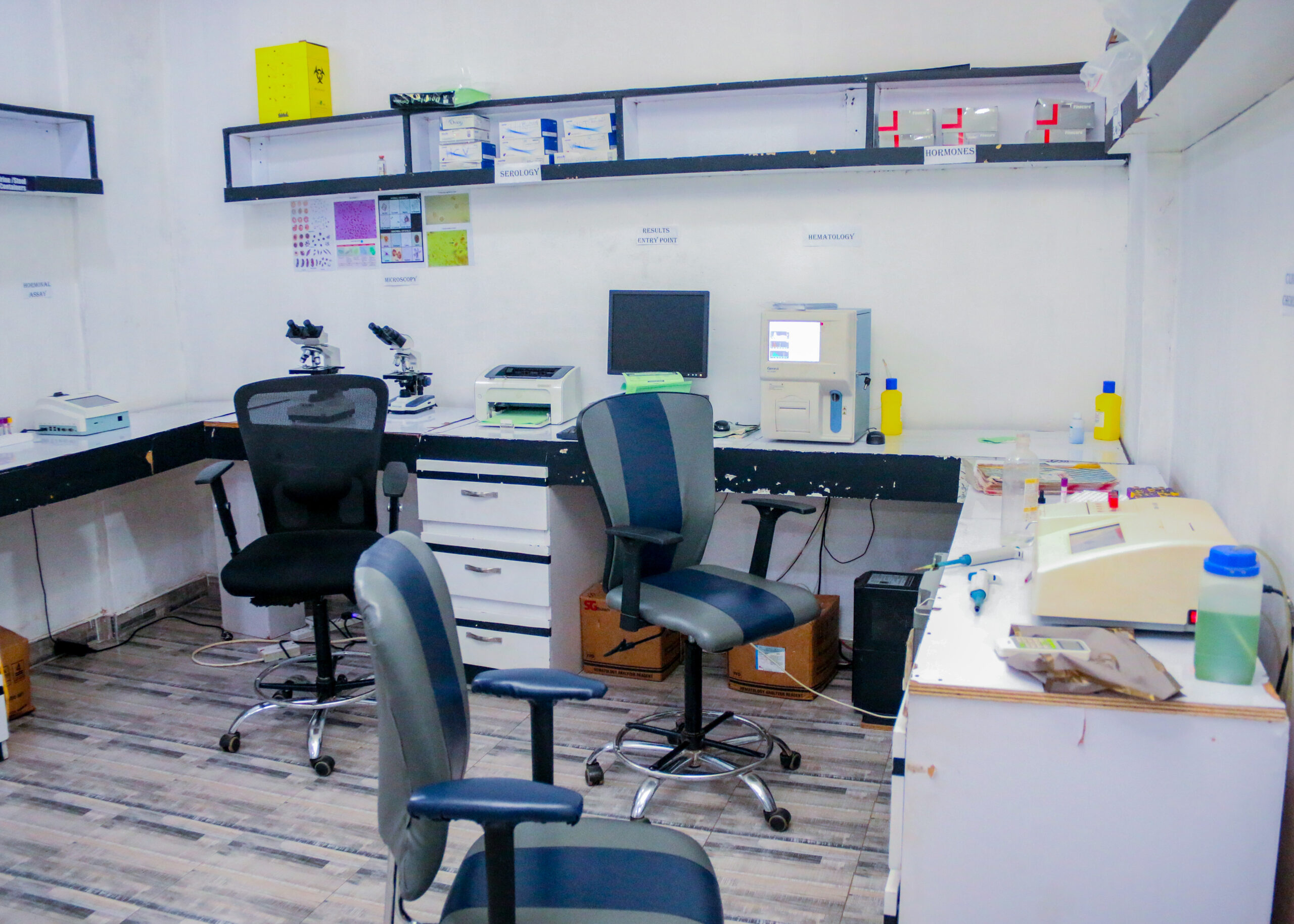- info@kingsdiagnosticimaging.com
- Saint Charles Road Before Attaesibi Hotel
- Mon - Fri: 8:00 am - 6:00 pm

Our personal motivation consists of enhancing and improving patients’ experience in a sustainable manner. This is captured in our motto/slogan:
‘Legacy for Excellence’.
Visiting Hours
| Mon - Sat: | 8:00 am - 6:00 pm |
| Sunday | 11:00 am - 4:00 pm |
Gallery Posts
